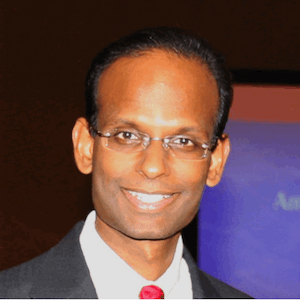
Guest: Kiran Musunuru, MD, PhD, MPH, Associate Professor of Cardiovascular Medicine and Genetics in the Perelman School of Medicine at the University of Pennsylvania
Chapters:
05:05 Why not edit embryos? Where did these norms come from?
09:50 “He went forward with flawed embryos.”
14:30 This is an example of a bad use of this technology. What would a good use look like?
18:24 Calls for societal consensus and processes of engagement are vague – vague on purpose, Laura contends. “Nobody know what this looks like.”
26:05 KM speculates that He Jiankui was planning a Steve Jobs, “one more thing…” style announcement at the bioethics summit until the MIT Technology Review broke the story (shout out to Antonio Regalado!
29:05 What was it like to see the manuscript, a week before the story broke? KM realized immediately that the embryos were improperly edited. “That was a soul-destroying moment for me.”
42:05 Regulation isn’t a simple answer because either the science moves forward with transparency and oversight, or it moves forward through rogue actors like He Jiankui.
“Genome editing had to happen sometime,” says our guest Kiran Musunuru, MD, PhD, MPH, internationally recognized Crispr expert and Laura's colleague on the American Society of Human Genetics’ task force on human germline genome editing. Kiran was one of the first to see He Jiankui’s paper on the birth of twin girls after the in vitro editing of their CCR5 gene, courtesy of the Associated Press. We discuss what comes next, as the dust settles on one of the most important science news stories of 2018.

